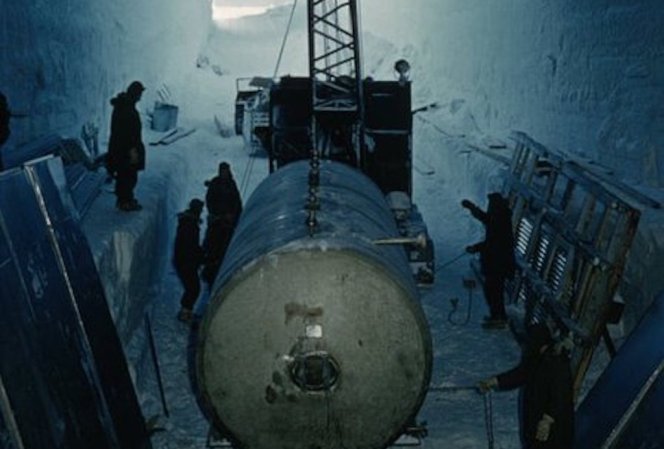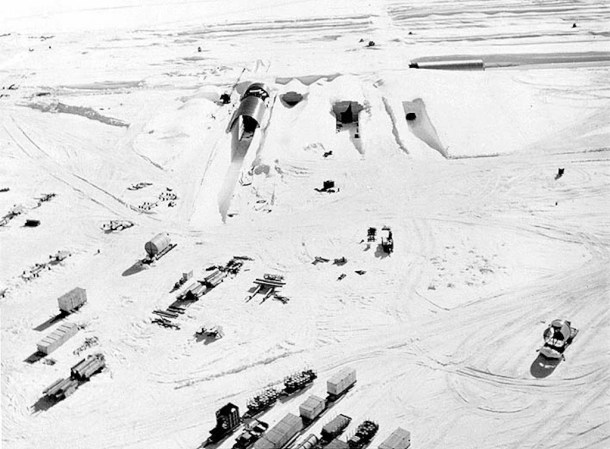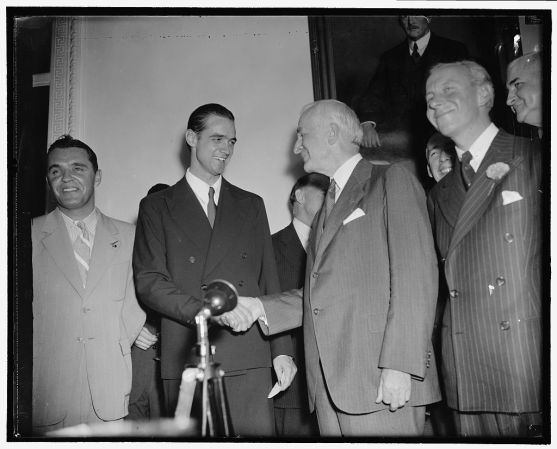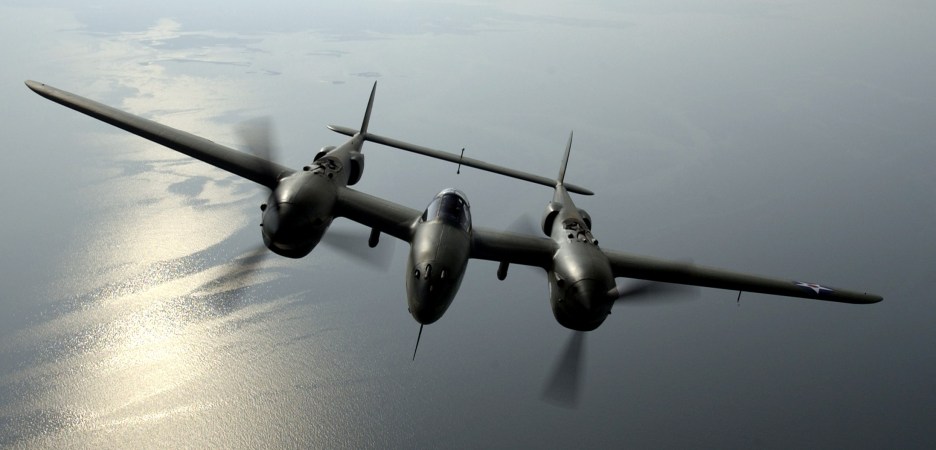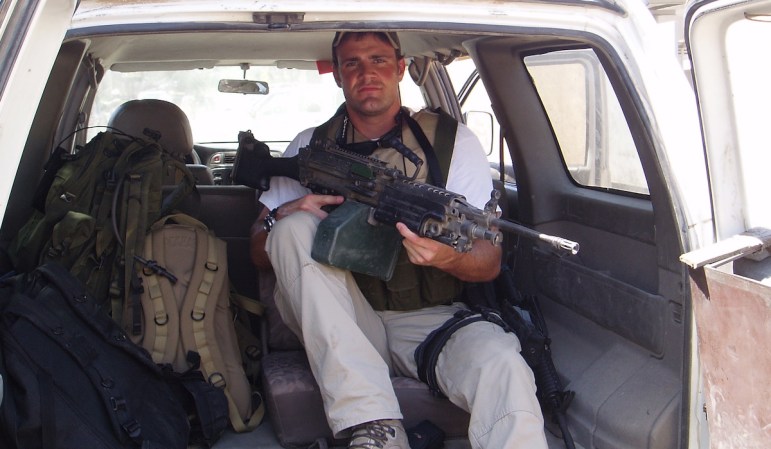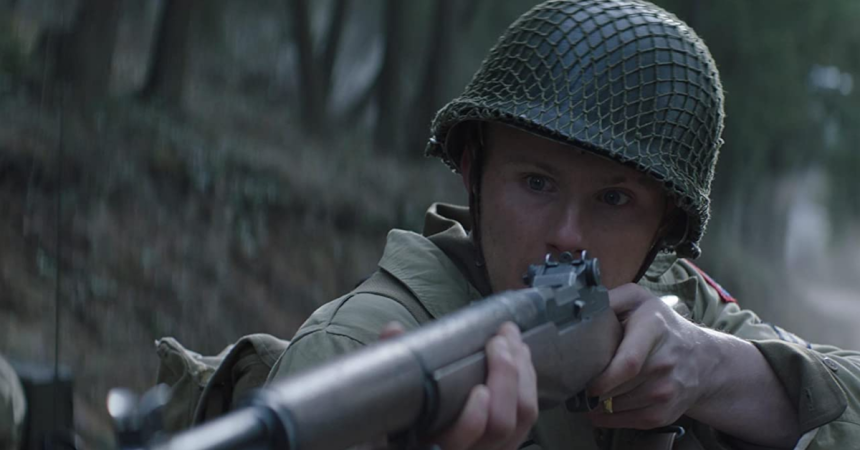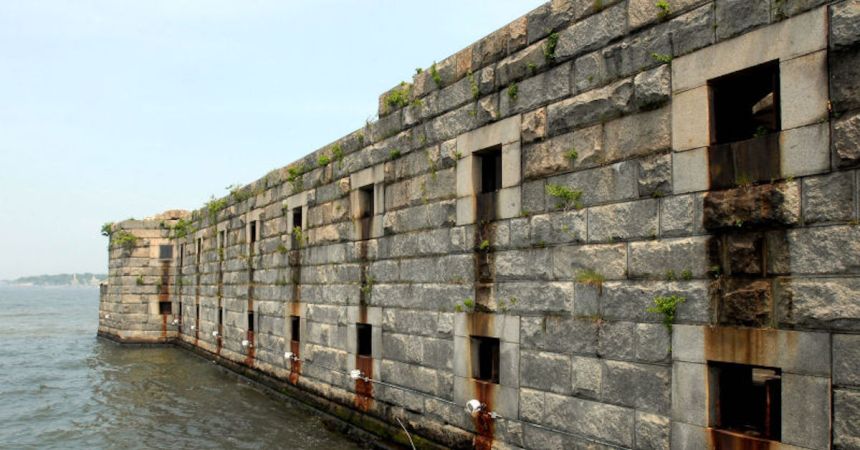Camp Century, a top-secret, subterranean, experimental missile base established in Greenland during the Cold War, may be exposed in the coming years due to accelerating climate change.
The camp was originally built in 1959, and the U.S. told the Danish government — who administered Greenland at the time — that the experimental base would be constructed to test the feasibility of a nuclear-powered base built under the ice. America also removed ice core samples to collect atmospheric and climate data from throughout the planet’s history.

But, unbeknownst to the people of Greenland or the Danish government, America also tested a concept dubbed Project Iceworm. Iceworm called for hundreds of ballistic missiles to be moved underneath the Arctic ice on subterranean trains.
These missiles would have been some of the only ones capable of reaching the Soviet Union at that time.
According to The Guardian, Century was:
Powered, remarkably, by the world’s first mobile nuclear generator and known as “the city under the ice”, the camp’s three-kilometre network of tunnels, eight metres beneath the ice, housed laboratories, a shop, a hospital, a cinema, a chapel and accommodation for as many as 200 soldiers.
The project was eventually scrapped because the ice in the area was moving at a faster than anticipated rate, potentially causing tunnels to collapse and railroads to break and twist.

Advances in missile design and new diplomatic agreements made the project largely moot. Weapons based in places like Turkey gave the U.S. the ability to threaten the Soviet Union directly with nuclear attack.
But America still had to decide how to decommission the top-secret base. It did so by removing the nuclear reactor and essential equipment. Then it left the rest of the base to be swallowed up by the ice.
Camp Century received more snowfall nearly every year than was able to melt off in the warm months. That would have caused the radioactive waste from the reactor as well as the poisons in pools of septic and industrial discharge relatively safe to bury. As long as the contaminants remain frozen under meters of ice, there would be no threat to anyone or the ecosystem.

But rising temperatures now reduce the surplus snowfall every year. The good news is that scientists don’t think that melting snow and ice will outpace falling snow until 2090, and it could take as much as another 100 years for Century to emerge from its tomb once again.
When that happens, everyone is going to get a good look at America’s dirty laundry as well as literal pools of soldier poop.



